Future Food Experience
Creativity World Forum 2019
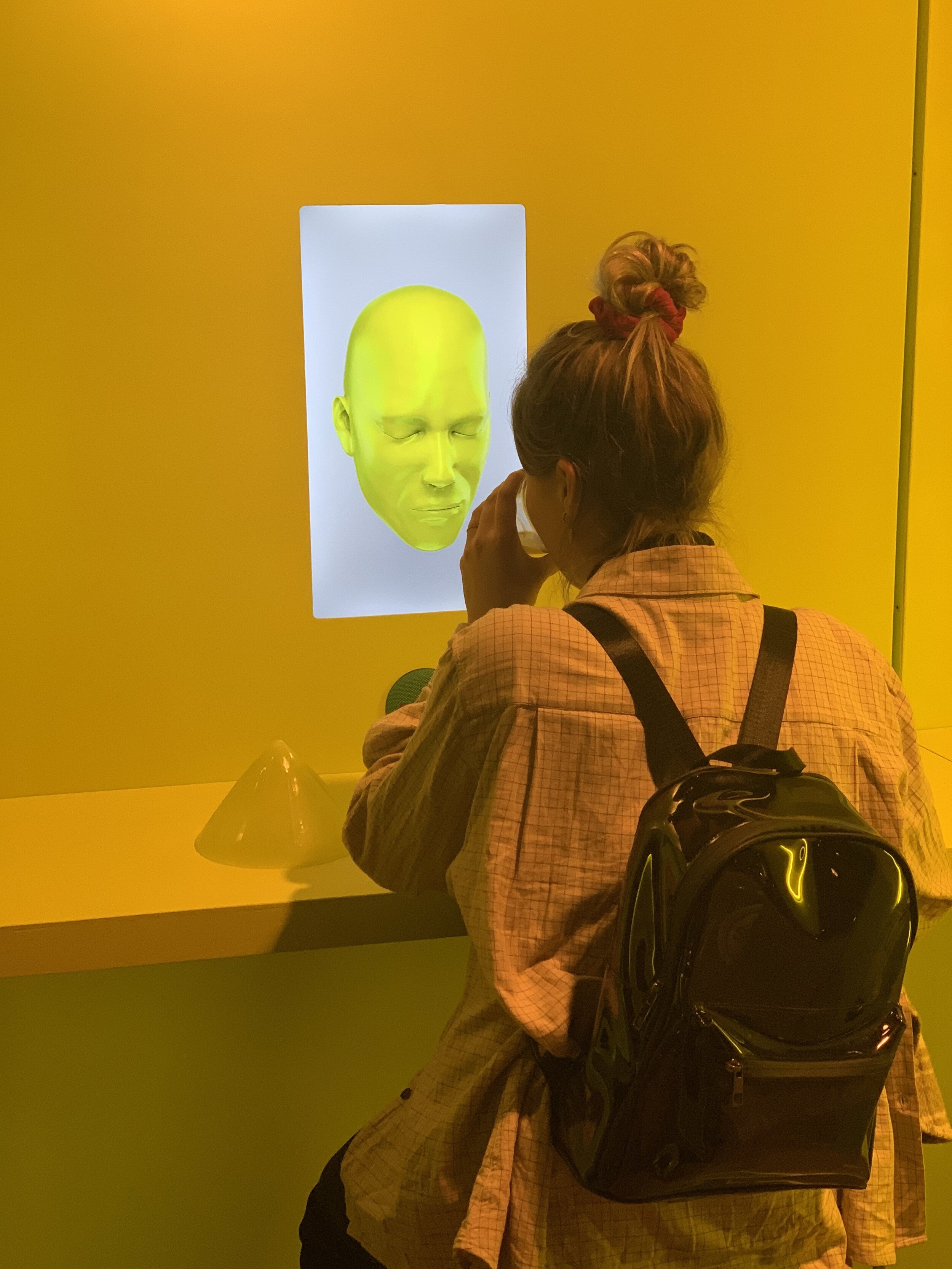


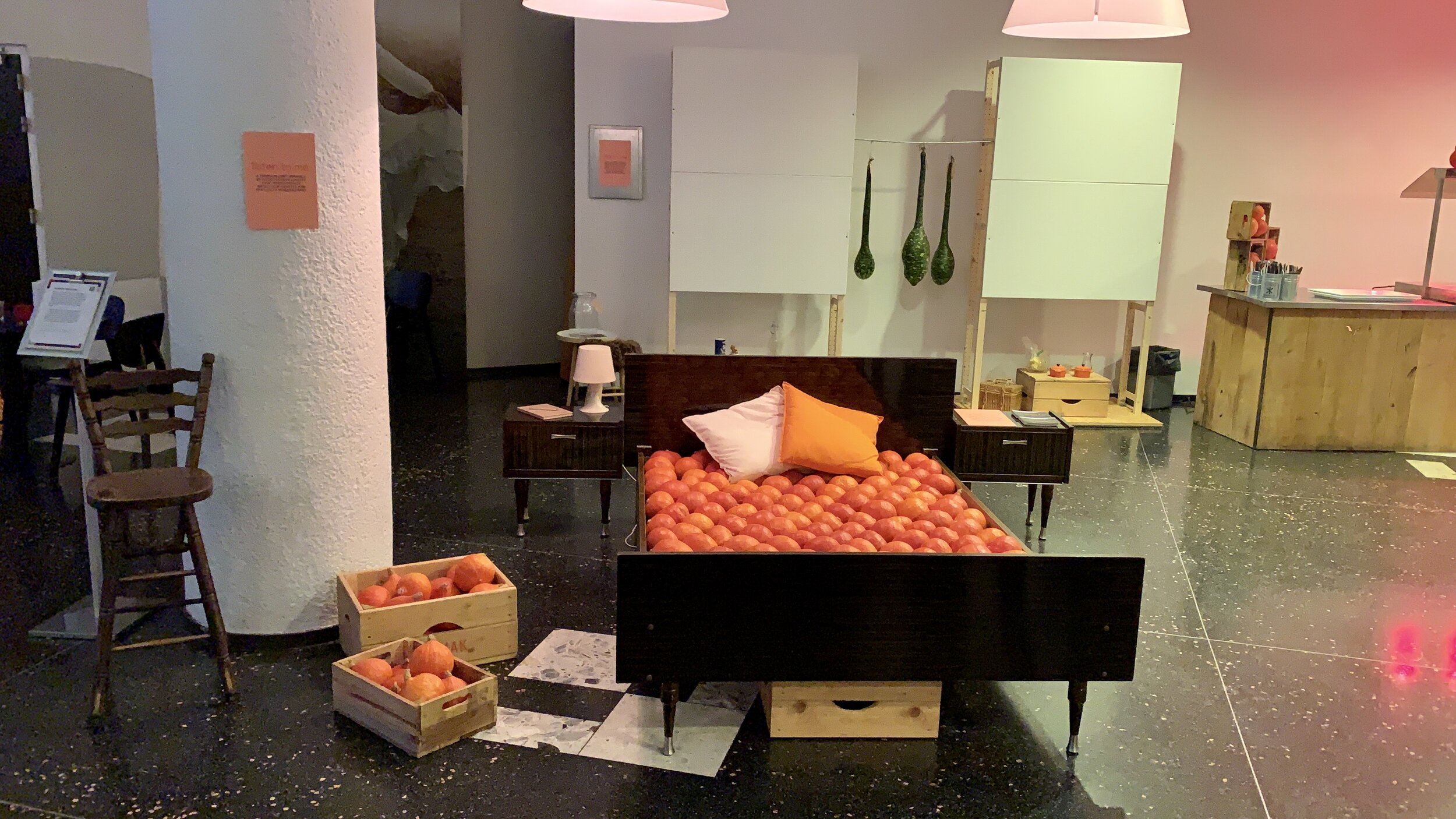
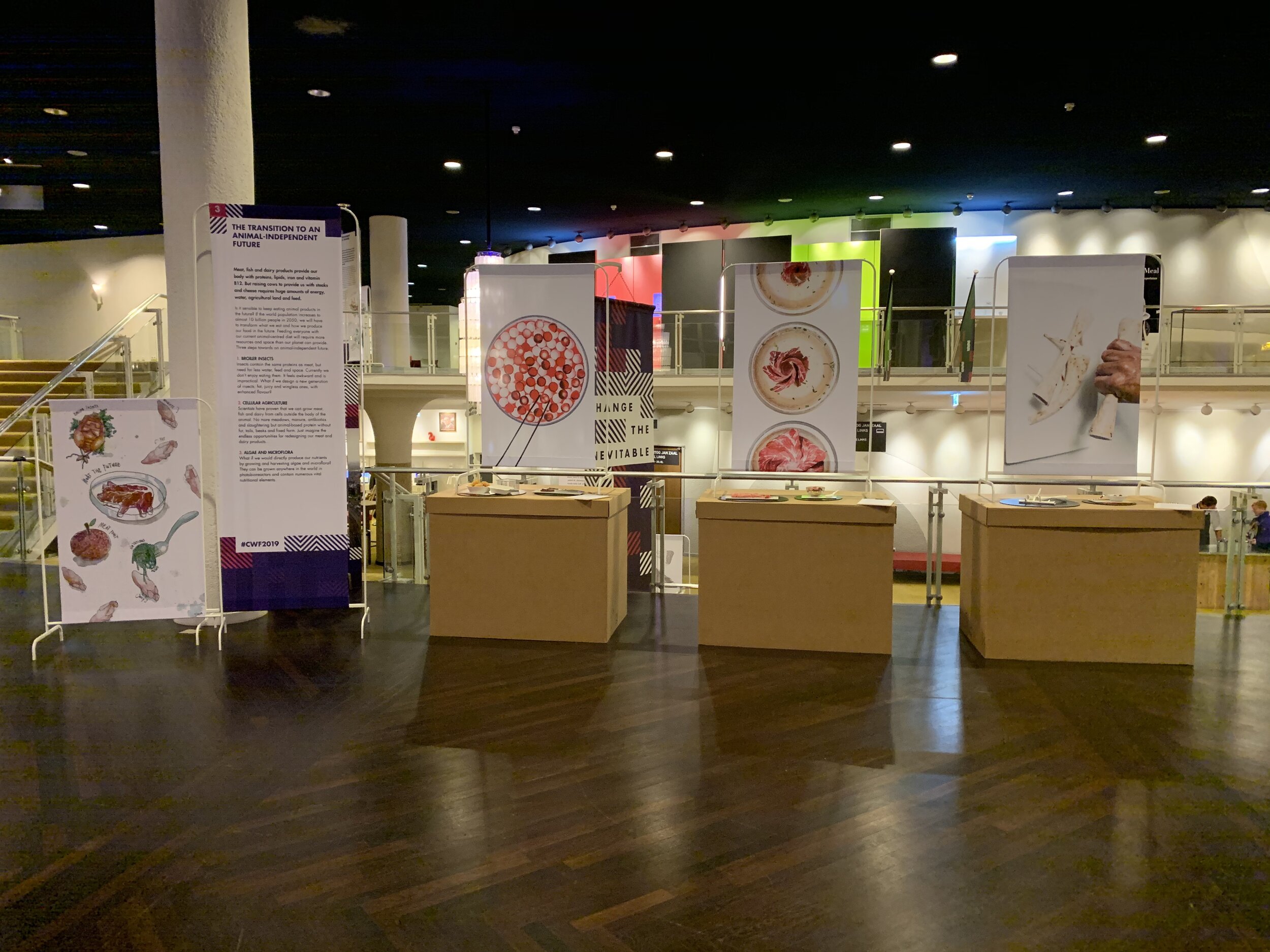
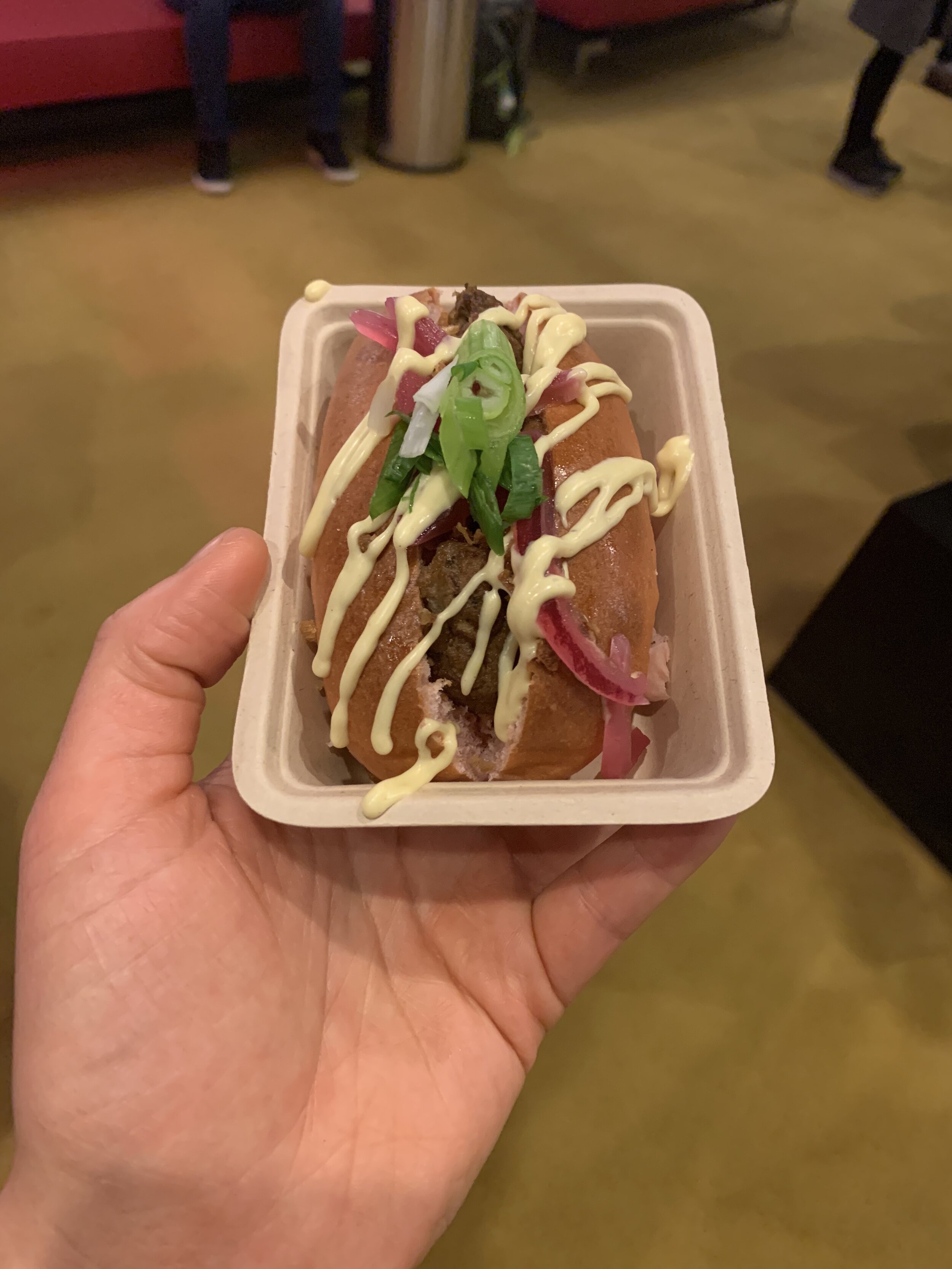
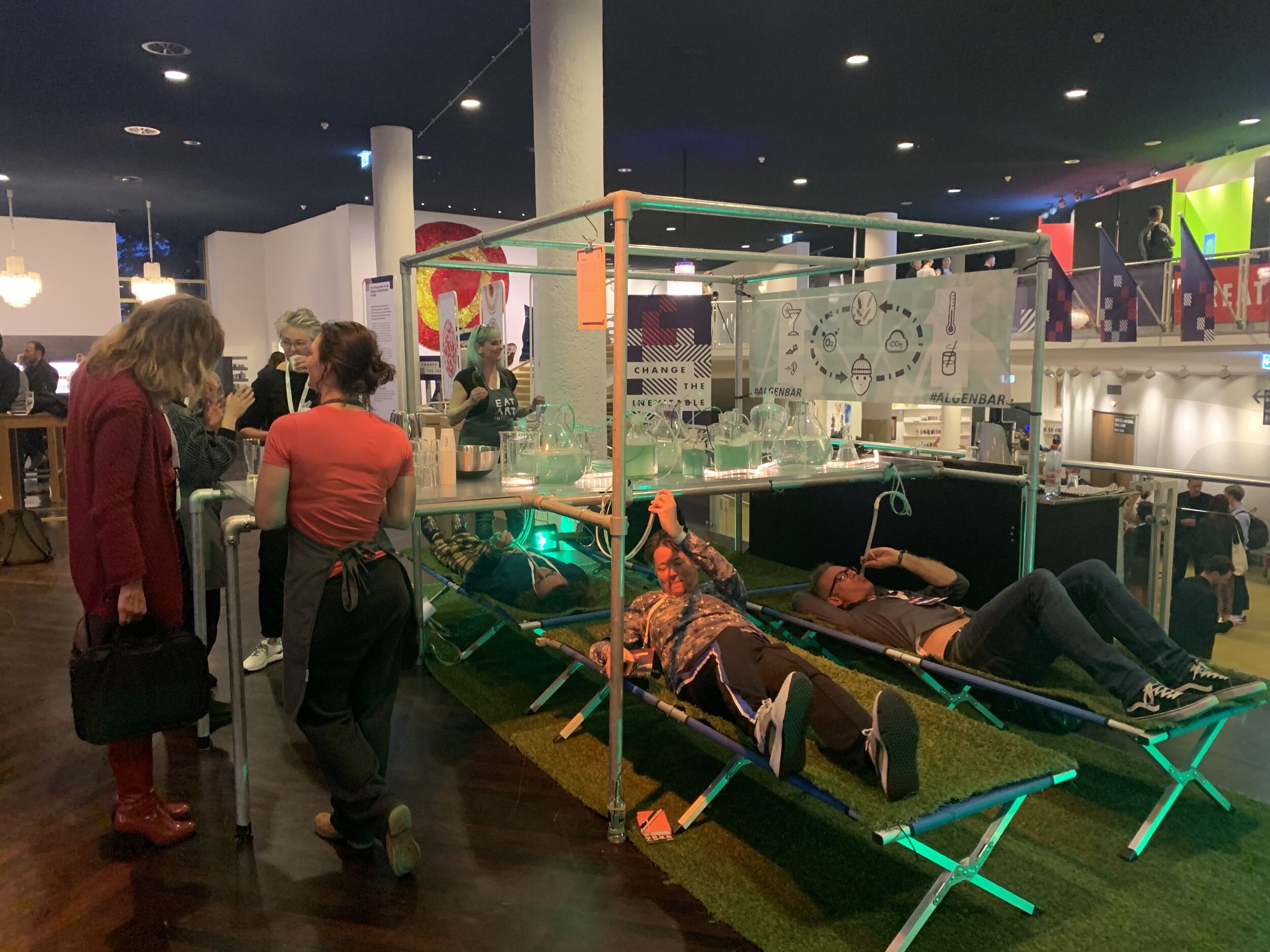




The Creativity World Forum (21-23 Oct.) is an international event about creativity and innovation welcoming over 1500 professionals and creative minds from all over the world. This year CWF was organized in Eindhoven. The organization asked me to design a catering plan to not just serve delicious food, but give the participants an overall interesting food experience that would suit the SDG’s (Sustainable development goals).
During CWF2019 participants are not served ‘just food’. Every dish, every snack, every bite tells a story and is part of a much bigger Future Food experience.
On each floor of the CWF House there are interactive installations and exhibitions that demonstrate the importance of creative thinking to innovate our food system and to imagine the future of food. In four different thematic areas, all related to the UN Sustainable Development Goals, participants will be served ‘food for body, mind and soul’. The themes are:
1. Shortening the food production chain
2. The value of waste
3. The transition to an animal-independent future
4. Personalized functional food.
Design a future tomato by creating a personalized growth-recipe with the Future Food Formula, explore possible cultured meat dishes with Bistro In Vitro, participate in sensorial food experiments with Digital Seasoning 2.0, get intimate with pumpkins or donate your time and CO2 to the algae colony in the Algae Bar.
All food is plant-based, locally produced and seasonally, prepared by Luca Catering. We collaborate with Botanic Bites (Doreen Westphal) to serve Dutch frikadellen from saved oyster mushroom stems, algae burgers and tomato-stem sausages. For three days all coffee grounds will be saved and donated to the local oyster-mushroom farm Zuiderzwam to be used for the production of mushrooms.
Client: BrabantDC / Provincie Noord-Brabant
Participating artists and designers
- De Wilde Boerin
- Yksi expo
- Next Nature Network
- Eat Art Collective
- Laila Snevele
- Chloé Rutzerveld
Theme illustrations
- Diana Waltmans-Wijnen
Themes
1. Import knowledge, not products
Today, much of our food travels thousands of kilometers. We import products from all over the world. This causes a lot of local water deficiencies, deforestation, monoculture, underpaid local farmers and enormous transport distances causing high CO2 emissions.
What if we could cultivate all our food in ideal conditions close to home? Shortening the distance from farm to our plate. In high-tech indoor farms, scientists research the amount of light, nutrients, water and heat crops need in order to grow. Based on these data the best possible growth-recipes are developed for each crop. Interesting fact is that scientists are not just producing lettuce and herbs anymore but are experimenting with exotic plants like soy, banana, coffee and tobacco.
By no longer exchanging products between continents, but knowledge and data, it is theoretically possible to cultivate any crop inside an indoor farm anywhere in the world. Allowing us to grow coffee in the Netherlands, bananas on the North Pole and cucumbers in the Sahara: fresh food that grows close to the consumer with perfect flavours and the best nutritional values. Enabling people to be fed in the future with high quality food with less damage to the environment.
Theme illustration 1
2. Creative ways to turn waste into value
Consumers are becoming increasingly more conscious about the prevention of food waste and the use of single use materials. At home, at the office and on festivals. But what about less obvious forms of waste like discarding valuable by-products from our processed foods?
A very good example of this is coffee-grounds. Did you know that only 0,02% of the coffee bean ends up in our cup of coffee? The remaining 99,98% is turned into coffee grounds of which an average coffee drinker produces 24 grams each day. Without realizing the value and endless possibilities of this by-product we simply flush it through the sink or throw it in the bin.
The exhibition Beyond Coffee, curated by Yksi Expo, shows a selection of the creative uses of coffee grounds by making smart use of its natural characteristics. From soap to oil, and from notebook covers to compostable tights.
During CWF19 we collected all the coffee grounds we produced in a transparant cylinder. Afterwards the coffee grounds were collected by Zuiderzwam, an oyster mushroom farm in Brabant, to be used as breeding ground for their mushroom production.
Theme illustration 2
Theme illustration 3
3. The transition to an animal-independent future
Meat, fish and dairy products provide our body with proteins, lipids, iron and vitamin B12. But raising cows to provide us with steaks and cheese requires huge amounts of energy, water,
agricultural land and feed.
Is it sensible to keep eating animal products in the future? If the world population increases to almost 10 billion people in 2050, we will have to transform what we eat and how we produce our food in the future. Feeding everyone with our current animal-centred diet will require more resources and space than our planet can provide.
Three steps towards an animal-independent future:
1. Broiler insects. Insects contain the same proteins as meat, but need far less water, feed and space. Currently we don’t enjoy eating them. It feels awkward and is impractical. What if we design a new generation of insects; fat, juicy and wingless ones, with enhanced flavour?
2. Cellular agriculture. Scientists have proven that we can grow meat, fish and dairy from cells outside the body of the animal. No more meadows, manure, antibiotics and slaughtering but animal-based protein without fur, tails, beaks and fixed form. Just imagine the endless opportunities for redesigning our meat and dairy products…
3. Algae and microflora. What if we would directly produce our nutrients by growing and harvesting algae and microflora? They can be grown anywhere in the world in photobioreactors and contain numerous vital nutritional elements.
4. Nourishment vs. Pleasure
What we eat directly influences our health, emotions and performance. But making the right food choices that suit our body and provide optimum nourishment isn’t easy in a world with temptations of processed foods, 24-hour food delivery services and busy schedules.
We already start our morning with a shot of caffeine to give ourselves an energy boost and take extra vitamins to get through the winter. But what if we switch to a fully functional food system in which personalized nutrition, based on our DNA, provides the body exactly what it needs, when it needs it? Imagine carefully crafted pills, powders and shakes, made with pure nutrients created by micro-organisms in a lab. We will no longer need to grow potatoes but directly produce carbohydrates in photobioreactors to shorten the food production chain.
If we separate the functionality of eating from the sensorial experience, how will this effect our eating culture, and what tools need to be designed to make functional foods appealing, interesting and delicious?
We invite you to take part in Digital Seasoning 2.0. An experimental installation that investigates how the external addition of color, shape, texture, sound and scent can influence the taste perception of a functional meal.
Theme illustration 4



